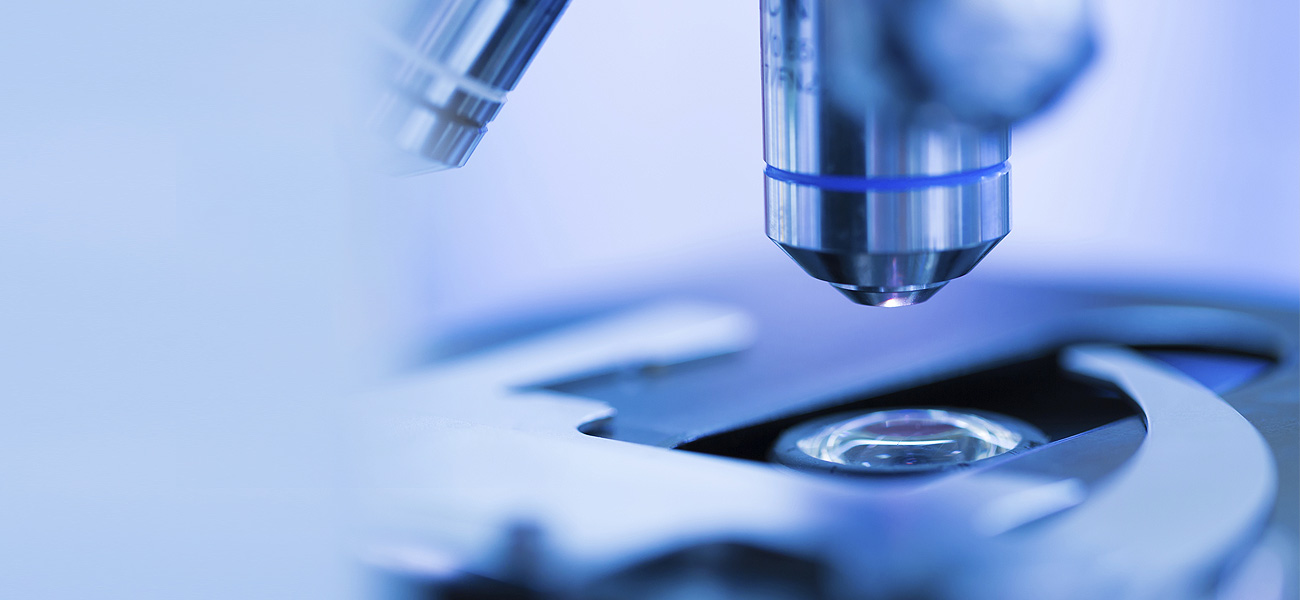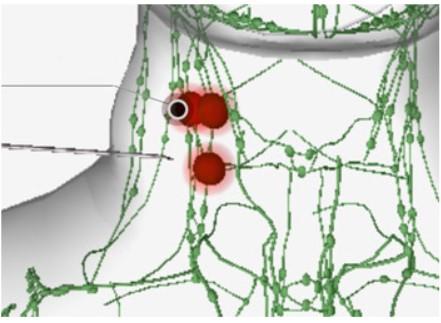A lymph node biopsy detects cancer cells in lymph nodes and confirms a lymphoma diagnosis. Surgery is used to obtain all or part of a lymph node (or sometimes another tumor site) because it gives the pathologist or hematopathologist more tissue to examine. The tissue examination may detect cancerous tumors, noncancerous masses or infection. Since treatment differs for various types of blood cancers, a precise diagnosis is needed. A second opinion from a pathologist or hematopathologist may be needed to make the correct diagnosis.
How Is It Done?
The test is usually done in an operating room at a hospital or in an outpatient surgical facility. First, the doctor numbs the area to be biopsied (local anesthesia) as you lie on the exam table. The skin over the biopsy site is cleansed, and a local anesthetic is injected. You may be given a mild sedative. Occasionally, patients are given a general anesthetic instead of local anesthesia.
The surgeon makes a small incision to remove part or all of the enlarged lymph node. Once the tissue sample is removed, he or she closes the opening with stitches. There's usually little or no scarring.

